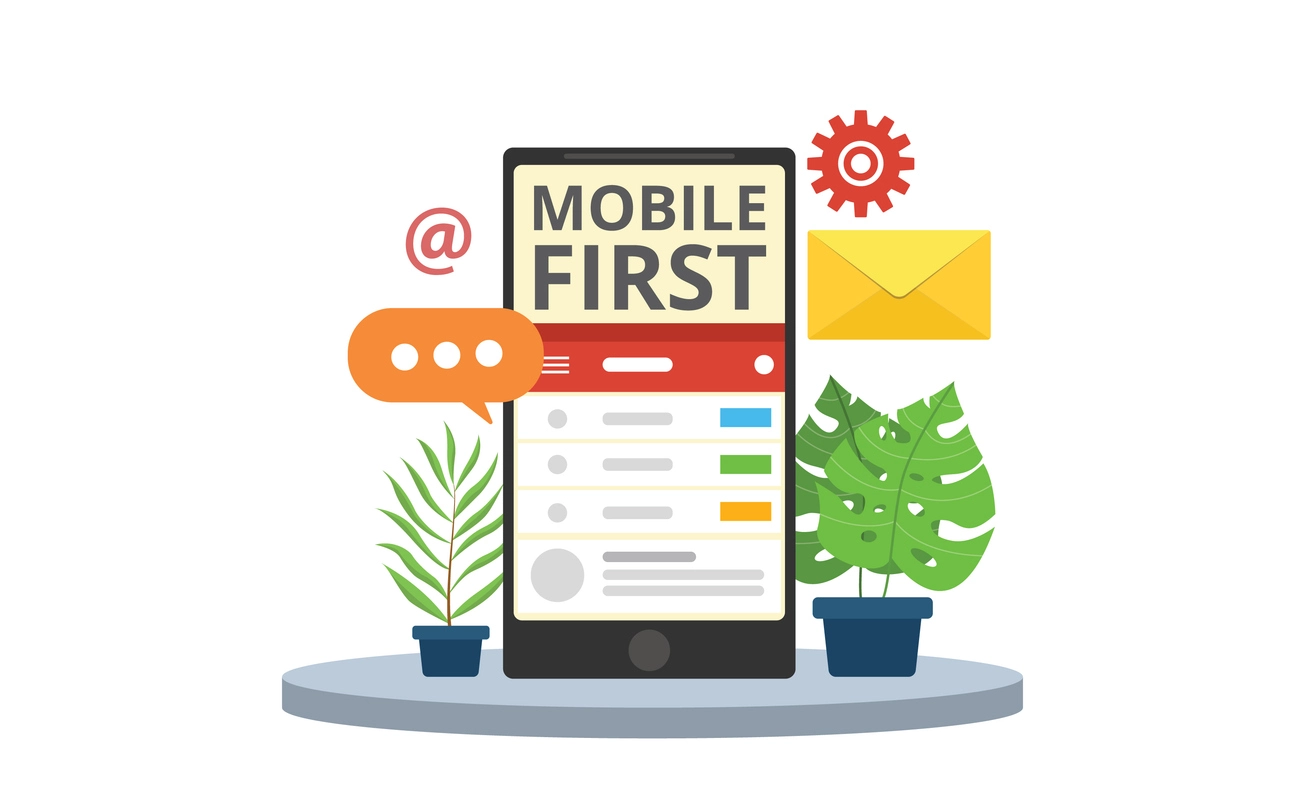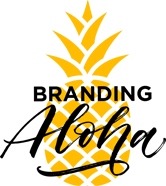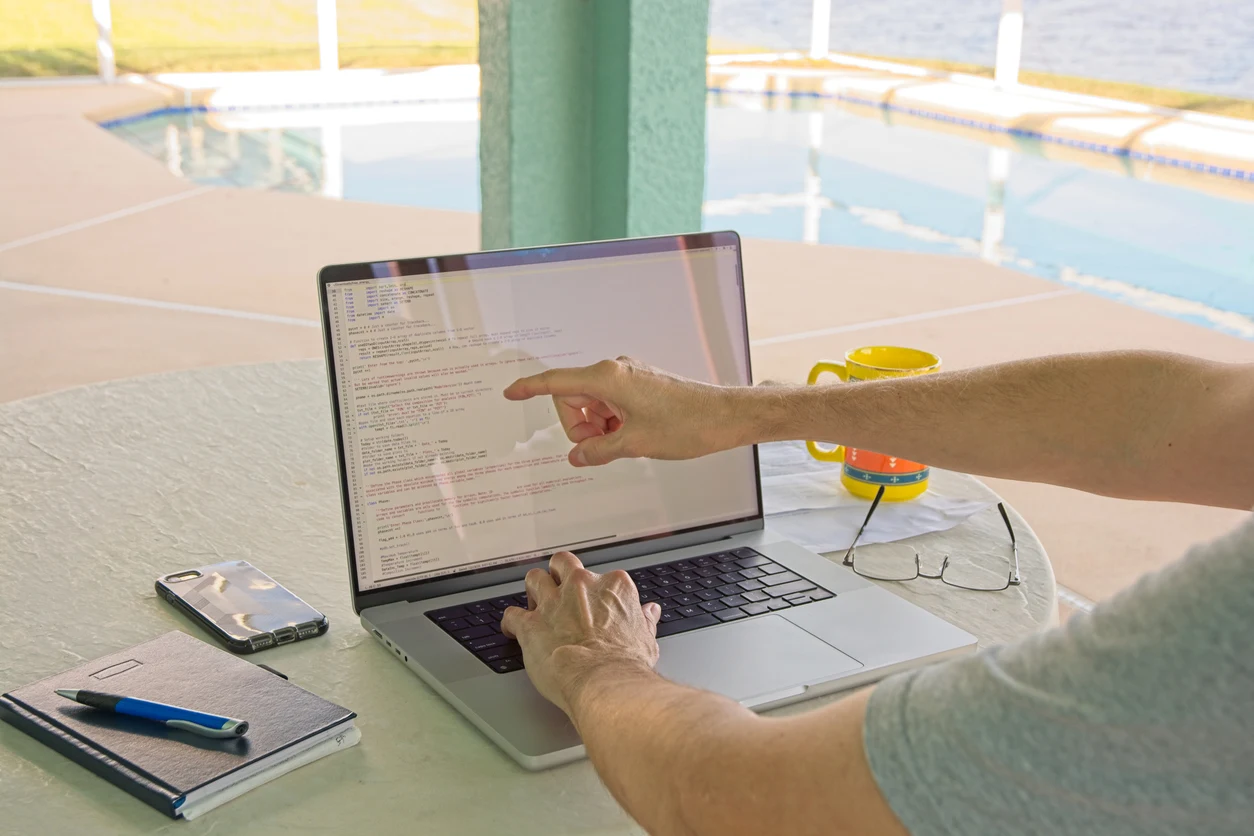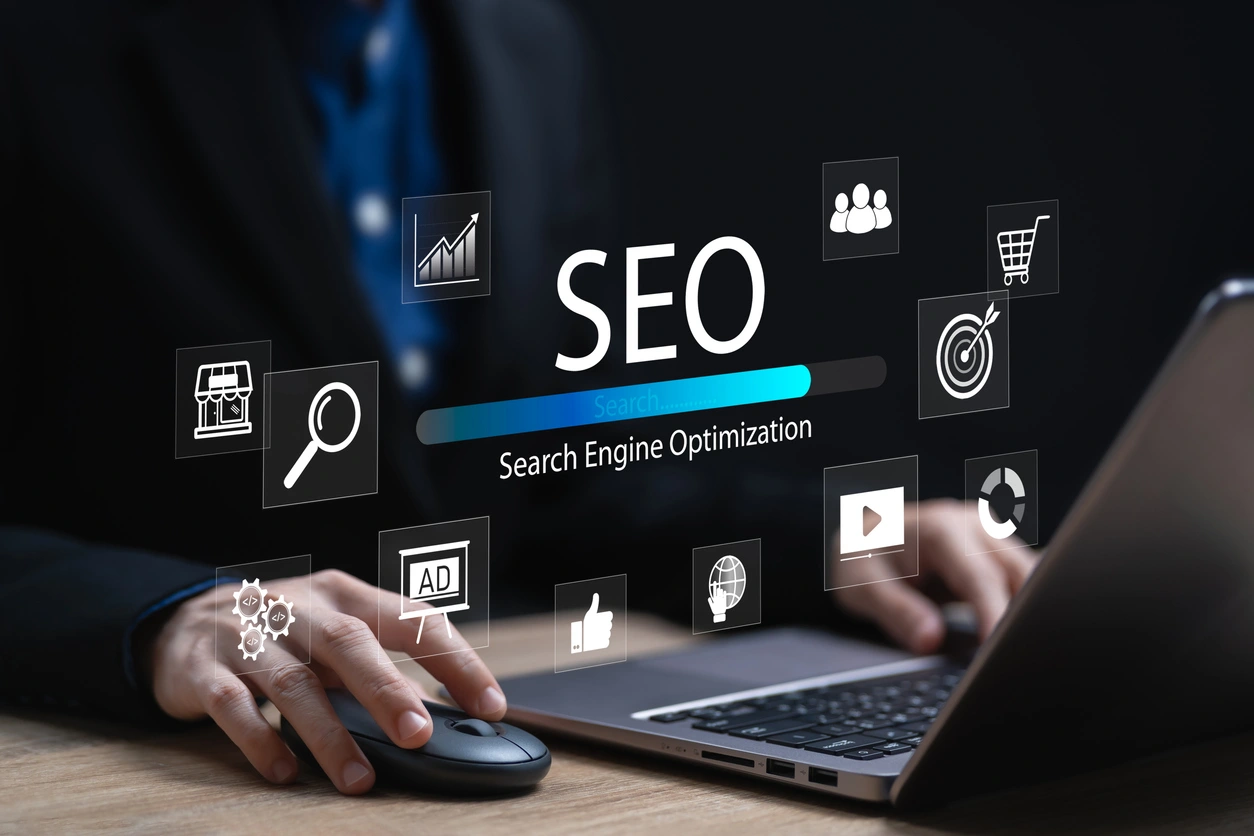Your website is more than just a virtual space for your brand to exist online in an addressable but abstract place out there on the interwebs. It tells people who you are, establishes credibility, and often points customers toward buying, booking, or reaching out. But not all websites — or web developers Hawaii— are created equal. We know it can be daunting to find the best possible web designer. There are freelancers, agencies and automated platforms offering professional services you can rely on. The truth? The best design relies on strategy, communication, and trust. If you’re ready to take your online presence to the next level, here’s what to consider when selecting a web designer who can get you there.
1. Define What “Success” Looks Like
Before you begin gathering quotes, be clear about what you want. Do you sell things, court local customers or build a portfolio online? An outstanding web design company will start by asking about your goals — because every decision a designer makes should be informed by your purpose.
Cover what is important to you: Online Booking, E-commerce, SEO Visibility, Mobile responsiveness of your website and Brand Storytelling. Once you know what’s important, it becomes simpler to identify the designer who can provide the ideal balance of creativity and effectiveness.
2. Review Portfolios with Purpose
Portfolios say more than style — they tell you about a designer’s thought process. As you review previous work, look for variety and balance. A good designer can apply their aesthetic across a number of industries, while still keeping things usable.
Ask yourself:
- Does each site feel unique and yet well-organized?
- Do the pages load fast and navigate smoothly?
- Do the visuals match with tone of the brand?
The best designers are both beautiful and strategic. Their Hawaii website designers don’t just look nice; they drive conversions.

3. Check Experience and Technical Skills
An elegant homepage doesn’t mean a thing if the machinery behind it is glitchy. A solid web designer is competent in two areas — design AND development (HTML, CSS, responsive frameworks and CMS platforms such as WordPress or Shopify).
If you need e-commerce capabilities or advanced SEO, inquire whether they’ve developed those systems previously. Technical expertise help your site run smoothly, and not just at launch but for years to come.
4. Ask About Their Design Process
A good designer will have a well-defined process; it should be sequenced from discovery to wireframes to mockups, revisions and testing, then deployment. There are milestones and feedback loops at each stage to ensure that you’re never left hanging.
If they can’t walk you through it and explain their process, or if they promise to design something “real quick,” that’s a bad sign. A process, with some structure to it, is accountability and consistency — at least fewer nasty surprises.
5. Prioritize Communication and Collaboration
The Best Web Design is a Collaboration. You’ll share ideas, offer feedback, and come to creative decisions together. Notice how your designer communicates in the beginning.
Do they hear as well as pitch solutions? Are technical terms adequately explained? Do they respond promptly? A designer who’s a true partner in the process will make it much smoother — and give you a site that actually looks like your brand.
6. Consider SEO from Day One
It doesn’t matter how beautiful your website is if no one sees it. Visibility is the essence of SEO (Search Engine Optimization) When meeting web designers demand to know clearly how they will obviously build it with SEO in mind.
Find someone who gets on-page optimization — meta titles, headings, alt text and mobile speed. The majority of website designer Hawaii also offer SEO feature which includes keyword research and analytics tracking. So integrating SEO into the systemic foundations prevents you having to fork out for corrective surgery down the line.
7. Think Mobile First
Smartphones now account for more than 70 percent of all web traffic. What it means Your mobile design isn’t optional — it’s literally a necessity. Every single page will be tested by a professional designer across multiple devices, making sure content resizes seamlessly, and navigation feels natural.
A mobile-friendly website can enhance not only your user experience, but also your standing in Google search results. This directly affects the visibility of your content, as Google’s algorithms tend to show sites that load quickly and are presented well on phones.

8. Requests Performance Metrics not Pretty Screenshots
If at all possible, request potential website designers Hawaii to provide results of previous projects — web traffic growth or increased conversion rates and user engagement. Data exposes the level of a designer’s comprehension about marketing and ROI.
Good web design is measurable. If in early conversations your designer is discussing analytics, testing and optimization, that’s a good sign they have strategist-mindset not just artistic tendencies.
9. Shop Around, but Don’t Base Your Choice on Price Alone
Web design prices fluctuate greatly depending on the size and features of the project. Budget of course is a consideration but the cheapest option often ends up being the most expensive mistake.
They also make sure they give you a clear proposal of the work that needs to be done on the site and template as well as deadlines for the completion of these items and a reasonable maintenance plan. Pick for the value — creativity, communication, reliability — not just cost. The cost of a properly designed and developed website is paid for in the form of increased exposure and conversions.
10. Plan for the Future
Your site isn’t static — it shouldn’t be stagnant as your business expands. Ask developers about post-launch maintenance, non-disclosure agreements, and what occurs after the project is done. Some provide monthly care plans; others will train your team to make small edits in house.
Future-proofing matters. The best designers don’t provide products, they enable you to develop confidently alongside technology and trends.
Bonus: Trust Your Gut
Chemistry helps at the end of the process, too. You’ll be trading ideas, drafts and deadlines for weeks — maybe months. Select a designer whose energy, professionalism and style of communication help make you feel like they really get you.
We design better when we work together well. When people on both sides trust each other, creativity flourishes.
Web Designers and How Not to Hire The Wrong One
Making a hasty decision – Give yourself time to vet more than one person and don’t hire the first affordable option you find.
SEO and mobile design neglect – Pretty sites that don’t viewable are not.
Not controlling your files – Make sure you always have control of your domain, hosting and CMS login.
Neglecting upkeep – Awesome sites require plugin, security and performance updates.
Avoiding these potential pitfalls safeguards your investment and puts you in the best possible position for the long haul.
Conclusion
Your website is your brand’s online home. It ought to give buyers confidence, narrate your experience and make connecting with folks as easy as possible. The correct web designer will approach your project as a partnership — uniting creative flair with technical prowess to create a site that functions as well as it looks.
When you invest time doing your research, asking questions and always considering alignment over price, you come out with much more than a website. You make the digital cornerstone of your brand, one that lures in customers and encourages growth, showcasing the best of what you have to offer.






